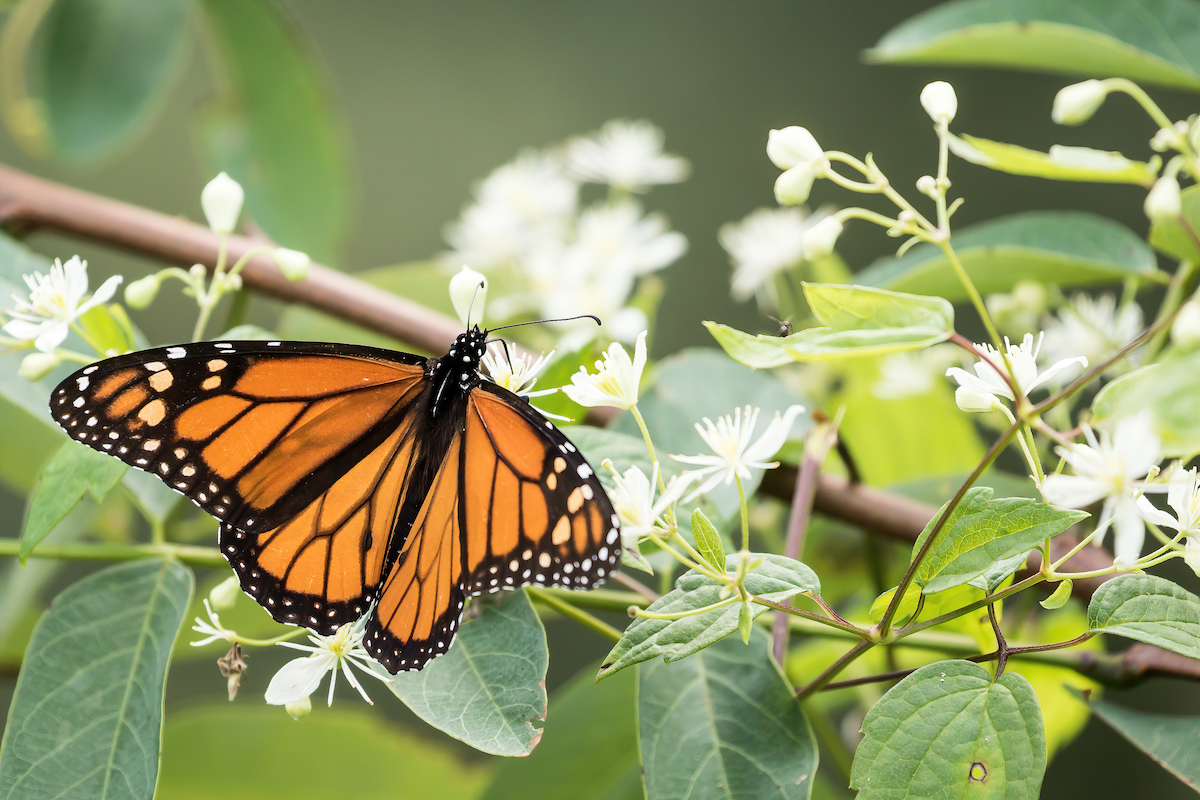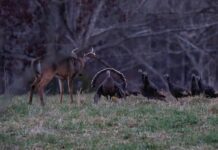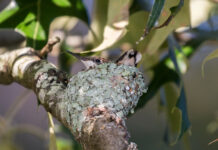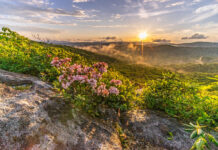With the Summer season coming to an end, we start getting some relief from the high temperatures and even begin to enjoy the cool mornings and less humid days here in North Georgia. I hope you’re ready to get out with your camera and join me in getting some memories from your new or established hobby.
I’ll never forget when I took up nature photography some fifteen years ago with the purchase of a Canon “point and shoot” (P&S) S5 IS. I still have that camera, and it still makes great pictures with its limitations.
If you don’t have a camera or are unable to get out, I hope that I can take you along with my narrative and images.
Hooked on butterflies
My Dad raised me hunting and fishing. We have always been hunting buddies. When I traded my rifle in for a camera, he struggled with my decision at first, but when I started having deer and turkey pictures published, he was good with it.
After taking the Georgia Master Naturalist class at Elachee Nature Science Center, my eyes were opened to the many more subjects that were all around us in nature to photograph. Each week they had a visiting instructor who covered “their topic.”
I’ll never forget the sweet elderly couple that were butterfly watchers and photographers. They did a slide show presentation with some great photographs of different butterflies and gave tips for getting the best pictures. I imagined that if they could, they would have a bumper sticker that said, “I brake for Monarchs.”
They loved their butterflies.


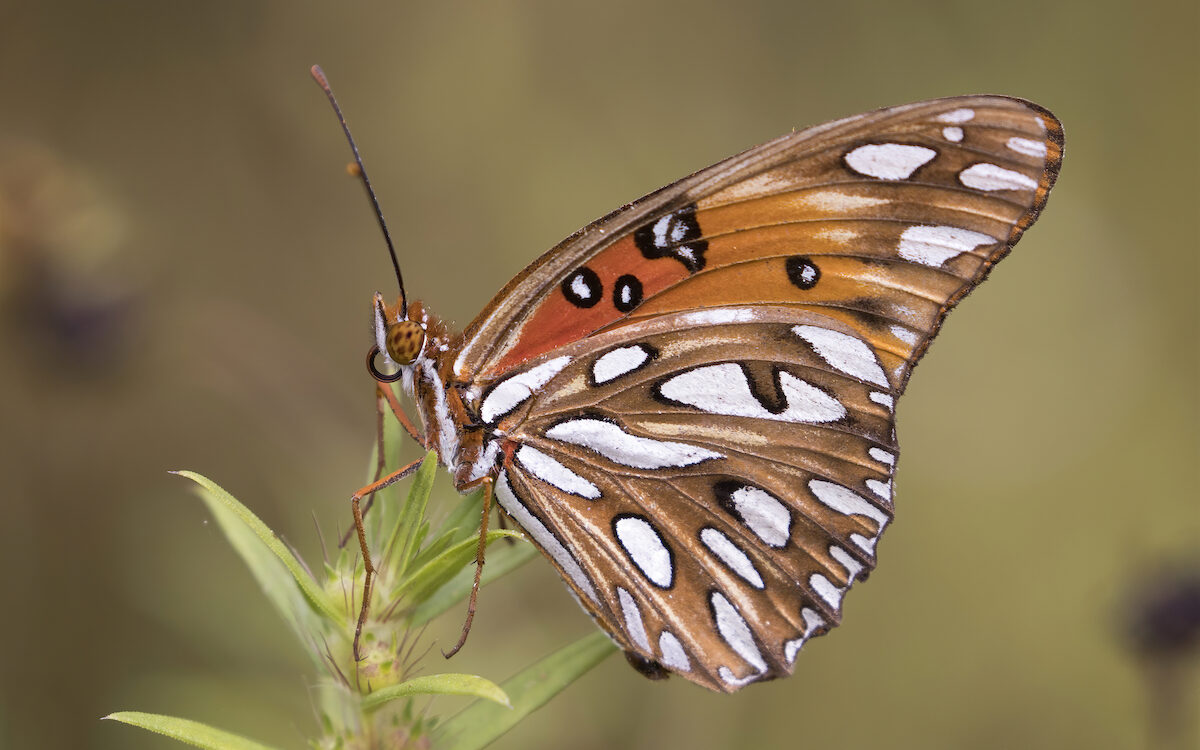
It just so happens that the time of year when scouting and hunting for deer is done, the iconic Monarch butterfly is passing through on its migration to the Sierra Madre Mountains of Mexico. They are the only butterflies that make a two-way migration, as many birds do. (I also discovered some really cool spiders when I started noticing them on the webs that I used to dread running into while scouting.)
Son of a gun. On my next hunt with my Dad, I found myself as enthusiastic to get butterfly pictures as deer and turkey.
That couple had me hooked.
Pollinators and photographers

Butterflies are important pollinators along with bees. There are many different butterflies with different shapes. A skipper is a type of butterfly that is shaped like a moth but with thin antennae that are club-ended, distinguishing them from moths that have feathery antennae.
Butterflies have to be warm in order to fly, so they fly during the daylight hours.
Just as in bird photography, you want to achieve focus on the eye nearest to you if possible. There’s something about that connection between the viewer and the subject’s eye that makes the image more appealing and satisfying.
Now, because much of a butterfly’s beauty is on its wing and one plane, geometrically speaking, you will have to move around to get as much area in focus as possible along with the eye.
If lighting allows, increasing the aperture value on the camera will give a greater depth of focus to make this easier.

Be careful as you move to get better focus not to let your shadow fall on them, as sometimes it causes them to take flight.
Most butterflies will fly and loiter around a plant that they are going to land on to probe for nectar. Prefocus on blooms you suspect they will land on and get your exposure settings preset. This will shorten the time to fine-tune and get the exposure when it does land.
You never know when they are off to the next bloom.
It is frustrating when you go to the trouble and they leave the bloom just before you get the shot or move as you take the shot to spoil focus, but that’s part of it. As you repeat the drill more, you will get faster and start having success which makes it worth all the effort.
Watch your step!

Some butterflies, especially the smaller ones, just don’t stay put long at all, and again, the smaller ones seldom open their wings while they are not flying. Those pictures require more patience and are considered a real trophy.
As with the Kite photography in my last column, while pursuing butterflies, it’s easy to lose your bearings while trying to keep your eye on that fluttering subject that can travel 50 to 100 miles a day, believe it or not. Stay aware of your surroundings, and don’t step into traffic or a canyon.
READ MORE FROM JOE

